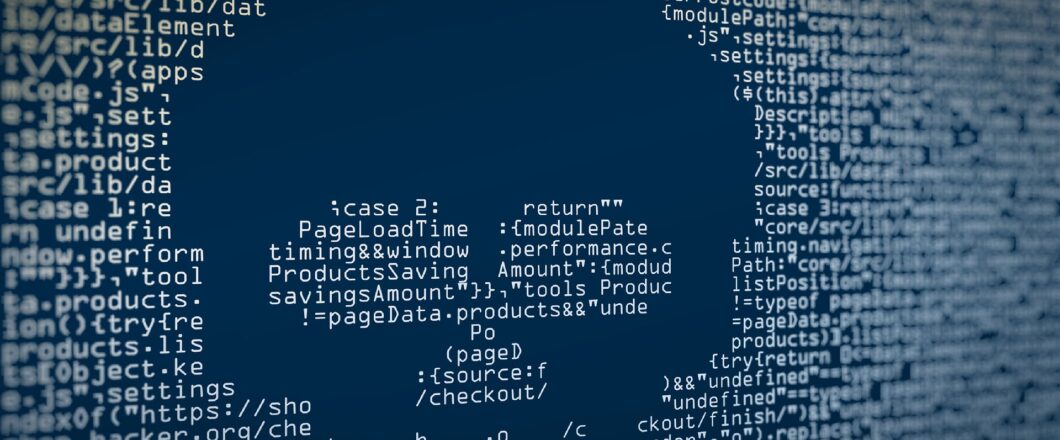

The e-commerce industry is one of the most lucrative sectors online. Not surprisingly, hackers have been targeting this industry since the earliest online transactions took place. As the e-commerce landscape has provided such a long running target, hackers have developed their attack methods significantly in this niche. And this means that it’s getting harder and harder to protect against them. NginRAT is the latest development in this area, and it’s already launched attacks against e-commerce servers in the US, France and Germany.
The threat of NginRAT is very real and it’s one which demands your attention. Therefore, it’s important that you know what you’re dealing with and what you can do about it. And that’s why we’re going to take a closer look at it today.
What is the NginRAT Malware?
The name NginRAT may sound unusual, but the naming procedure employed here is relatively simple:
- Ngin: This part of the name refers to the Nginx servers where NginRAT hides in order to avoid detection.
- RAT: The second part of the NginRAT name stands for Remote Access Trojan. This means it is a malware strain which uses back door access to provide remote access to an infected machine.
NginRAT, itself, is actually delivered to victims through another piece of malware known as CronRAT. Once NginRAT has been deployed on a host server, it begins modifying the functionality of this host in order to hijack the Nginx application. This not only allows NginRAT to remain cloaked from security tools, but also lets it inject itself into Nginx web server use. From here, NginRAT is in a position where it can record user data. Now, as Nginx servers are typically used in e-commerce, this means that the hackers can steal sensitive data such as credit card details.

Can You Detect and Remove NginRAT?
The NginRAT is considered a sophisticated piece of malware and it’s unlikely that your average anti-malware tool is going to detect it. However, while it may be sophisticated, it’s far from unbeatable. Security researchers have discovered that it uses two specific variables to launch itself within Nginx servers: LD_PRELOAD and LD_L1BRARY_PATH. For the average PC user, identifying these variables will be beyond their scope. But an IT professional should be able to isolate these processes and begin a removal process.
Final Thoughts
If your organization is involved in the world of e-commerce, then it pays to be vigilant against malware such as NginRAT. The potential damage that a RAT can cause is immeasurable. Aside from the financial repercussions for yourselves and your customers, there is also the reputational damage to contend with. Unfortunately, tackling the NginRAT malware is far from easy. Investing in server monitoring services will not act as a comprehensive band-aid, but it will improve your chances of detecting any malicious activity. For more ways to secure and optimize your business technology, contact your local IT professionals.
Read More













